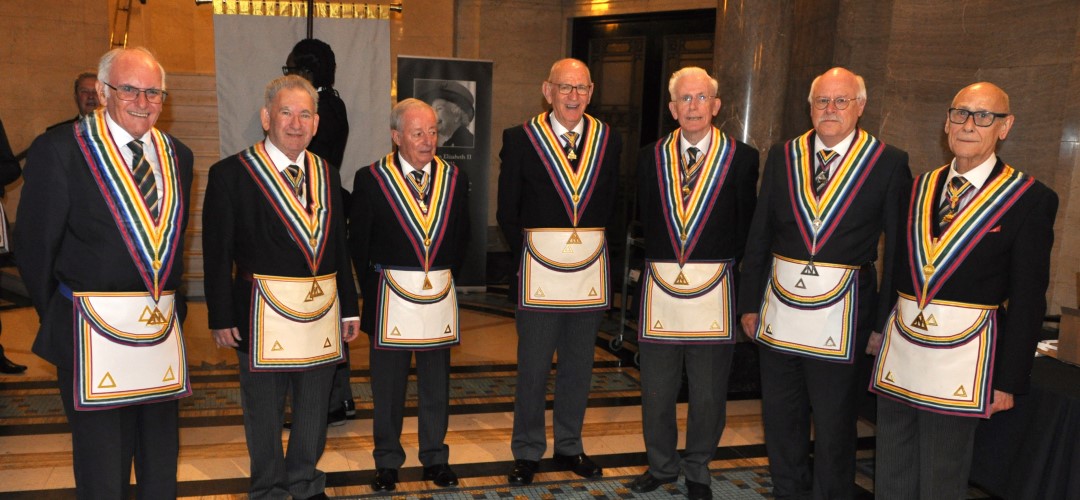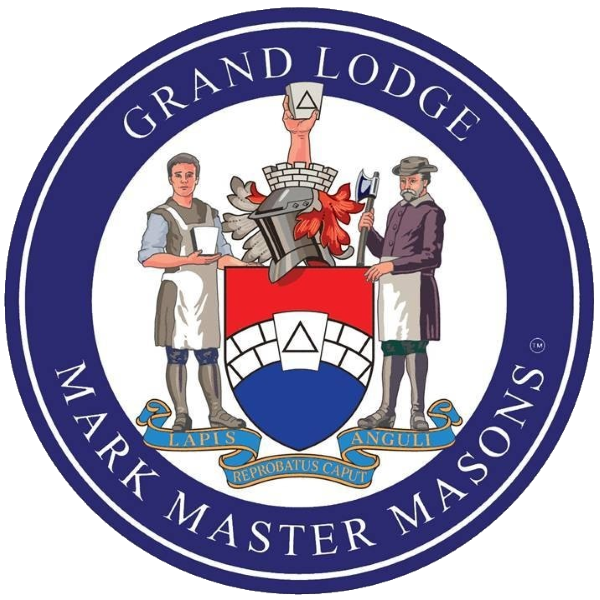
Mark and Royal Ark Degrees
The Mark Degree teaches the importance of not taking things at face value, of giving careful consideration to avoid making ill-advised decisions in haste. Mark is often referred to as the completion of the Second Degree in Freemasonry. However, it can be taken only after a Mason has taken his third degree in the Craft.
For us The Grand Lodge of Mark Master Masons of England and Wales and its Districts and Lodges overseas is our sovereign body, and HRH Prince Michael of Kent is the Grand Master. From 1931 to 1936 his uncle, HRH the Duke of York, later HM King George V1, was the Provincial Grand Master for the Province of Middlesex.
The Mark is often referred to as the 'fun' degree and the 'friendly' degree, and on joining, members soon realise why this is. True without the element of fraternal friendship all freemasonry would lose its “raison d’etre”. However, the special ambience of this order is exceptional. I have lost count of the number of brethren who have said:
“I wish I had joined Mark years ago”
The only qualification for membership is for a candidate to be a subscribing Master Mason of a recognised constitution.
It is our intention, with this website, to give news and information on the life of the Province, and if that causes you to seek more information we will be delighted to help.
The first record of the degree is in 1769, when Thomas Dunckerley, as Provincial Grand Superintendent, conferred the degrees of Mark Mason and Mark Master at a Royal Arch Chapter in Portsmouth.
Following the Union of the Ancients and Moderns Grand Lodges and the formation of the United Grand Lodge of England in 1813, the articles of union stated that there would be three Craft degrees only, including the Royal Arch, excluding the Mark degree. For this reason, while in the rest of the world Mark Masonry became attached to Royal Arch chapters, in England it was actually proscribed from the Union until the 1850s.
It was a group of Scottish masons who procured an illegal warrant from Bon Accord Chapter in Aberdeen to set up a Mark lodge in London. An attempt to add Mark Masonry to the approved craft workings was defeated in 1856, and a Grand Lodge of Mark Master Masons was created in response.[9]
As Freemasonry spread around the globe in the 18th and 19th centuries, Mark Masonry expanded with it, with six daughter Grand Lodges and the degree being worked under alternative administrative structures elsewhere.





